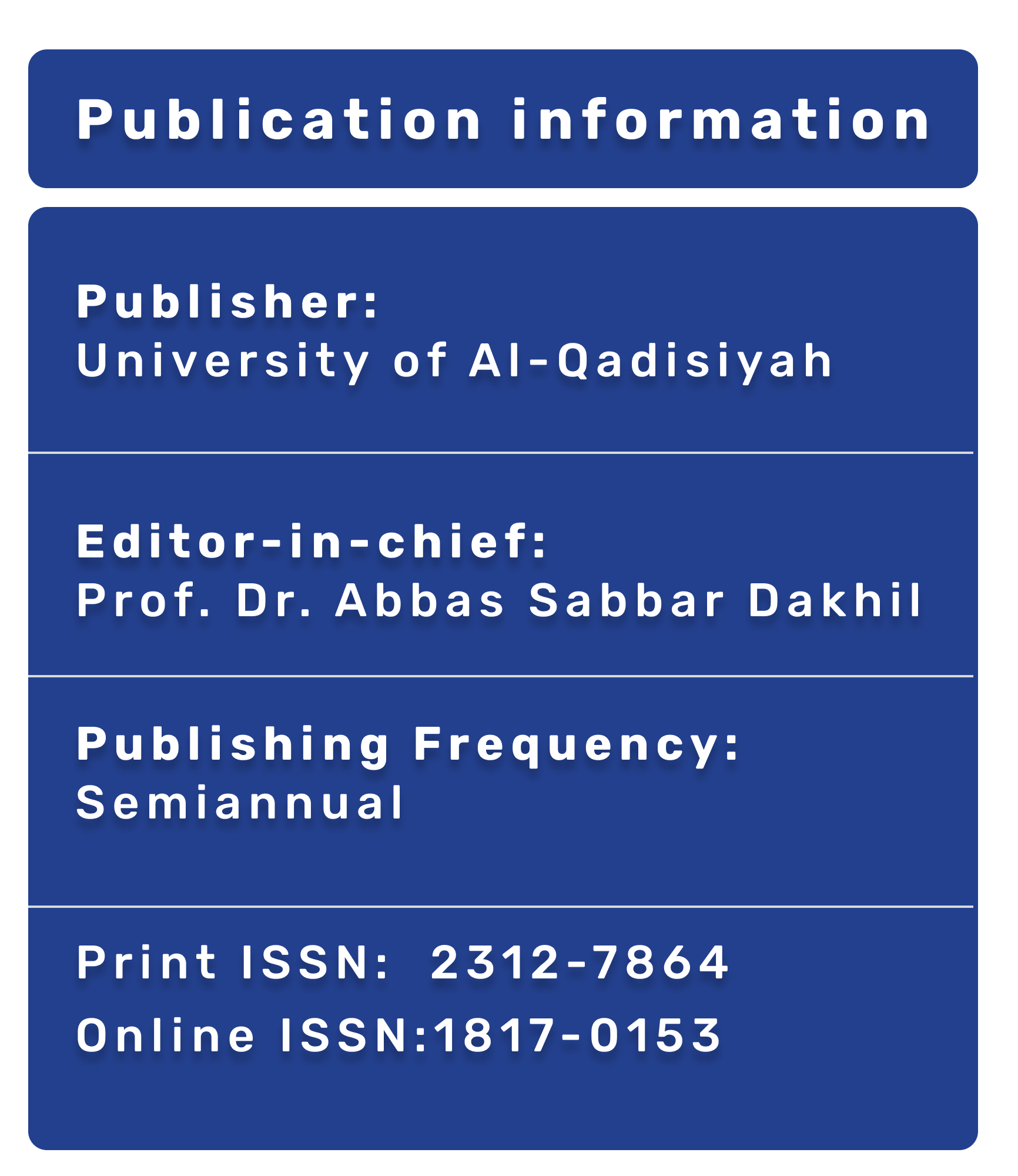Evaluation of the Salivary level of Sphingosine _ 1 phosphate in periodontitis
DOI:
https://doi.org/10.28922/qmj.v18i2.817Keywords:
Sphingosine -1 phosphate, Periodontitis, SalivaAbstract
The reactive signaling molecule sphingosine-1-phosphate (S1P) plays a vital function in many biological processes that encompass cell development. In addition, it has been linked to bone resorption and formation. Based on its biological effects on osteoclastic and osteoblastic cells and immune cells, S1P has recently been discovered as a mediator and biomarker in inflammatory bone disorders such as osteoporosis and inflammatory osteolysis. Sphingosine-1-phosphate (S1P) may play a role in developing periodontitis, an inflammatory disorder that destroys bone. This study aims to evaluate the salivary level of S1P in periodontitis. The study sample consisted of 70 participants, both males and females. It was divided into three groups: the first group, the Healthy Control group (20 Subjects); the second group, Periodontitis Stage II (25 Subjects); and the third group, Periodontitis Stage III (25 Subjects). Clinical periodontal characteristics were evaluated after entire, unstimulated saliva samples were collected from all individuals (plaque index, probing pocket depth, bleeding on probing, and clinical attachment level). As a biomarker, the amount of S1P in the saliva was measured using an enzyme-linked immunosorbent assay (ELISA). This study demonstrated a statistically significant correlation between higher mean S1P levels and higher periodontitis severity. The study demonstrated that the salivary S1P level could help to monitor periodontal disease progression.








